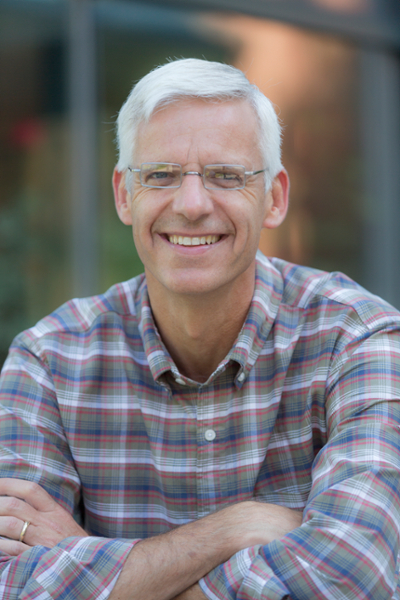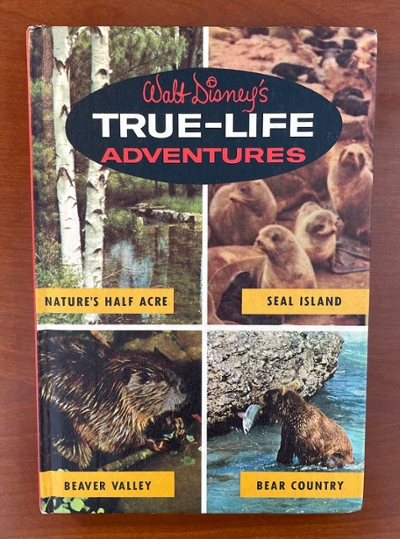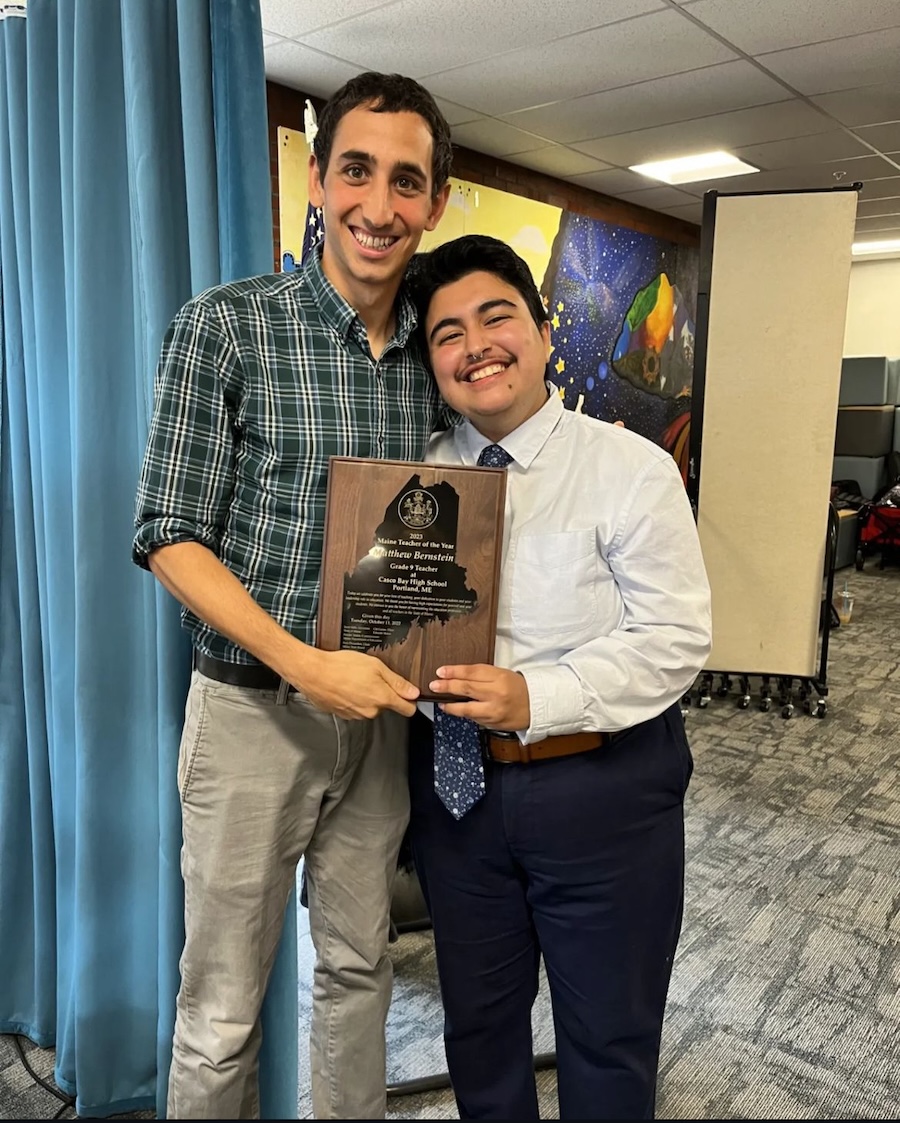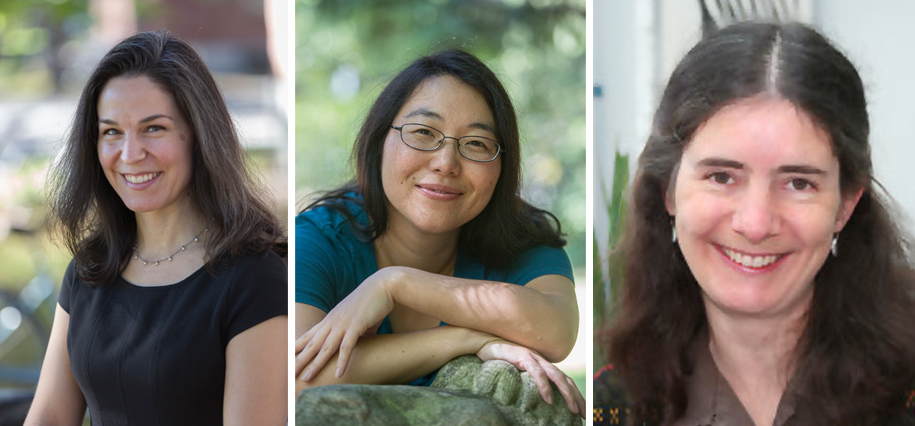Education Scholar Dorn on How Environmental Education Has Been Used to Promote Other Ideas
By Tom PorterThe genesis for Charles Dorn’s new education class on the teaching of the environment (and his latest book project) came from a source you might not necessarily associate with academic inspiration—a Walt Disney television show.

“When I was a kid in the ’70s there was a TV show called The Wonderful World of Disney, and every once in awhile on Sunday nights they would feature the highlights from a series of nature documentaries called Disney’s True-Life Adventures,” said the Barry N. Wish Professor of Social Studies.
This series of thirteen live-action nature films, with titles like Seal Island, The Olympic Elk, and Prowlers of the Everglades, were made during the postwar years, mostly in the 1950s, he explained, and they picked up eight Academy Awards. “It was probably Disney’s most successful genre of film, and the series was widely circulated, not just in theaters, but in schools throughout the nation in the years that followed, as well as being released in segments on television shows like the ones I remember.”
After being reminded of these documentaries during a nostalgia-fueled visit to the Disney Family Museum in San Francisco several years ago, Dorn had his “lightbulb” moment.
“This got me thinking more and more about where our curriculum around environmental education has come from. These Disney shows really sparked a new industry in education around the environment, leading to many of the documentary films and television shows you’re familiar with today, like Blue Planet and the PBS show Nature.”

This innovative approach to wildlife filmmaking, with its use of live-action cameras and close-up lenses, also highlighted the issue of conservation, said Dorn, drawing well-deserved praise and shaping the way that people tend to view the natural world today.
Dorn also likes to look back further in his study of how the environment has been taught to children, considering how the subject of “nature study” was transformed in the late nineteenth and early twentieth century. “As well as the schools themselves, lots of youth development organizations, including the Boy Scouts, Camp Fire Girls, and 4H, embraced the challenge of teaching the natural world through a ‘hands-on’ approach,” he explained, “sending teachers and their students out of classrooms and into fields and forests, or, in the case of cities, urban gardens, to celebrate and study nature.”
The argument Dorn plans to make in his next book (which is still in its early stages) is that “over the last century and a half, we have taught through nature, but not for it.” Historically, he said, educators—whether they be elementary school teachers, youth group directors, or filmmakers like Disney—have taught about the natural world, but “rarely with the primary objective of giving students scientific insight into the natural world,” he observed. “Instead, they used teaching through nature to teach kids other things, to influence their behaviors and their values.”
Take the Boy Scouts, for example. “They want to get the boys out in nature, into the environment, but the purpose of the organization is to develop leadership qualities and character formation, that kind of thing.” It’s a similar dynamic with the 4H organization, Dorn added. “One of the goals of 4H was to encourage farmers to adopt more scientific and innovative farming methods. Because the adult farmers were resistant to change, the idea was to reach out to their kids, in the hope that they would become the next generation to work the land.” As for the Walt Disney documentaries, as Dorn pointed out in an academic journal article he published earlier this year, they often promoted American, middle-class family values, presenting a sentimentalized version of the natural world that lends human characteristics to animals.


The bottom line, said Dorn, is that educating children about the environment has traditionally been done as a way of teaching them other things, rather than promoting a true scientific understanding of nature. As well as being the subject of his next book, this thesis also inspired the new education class taught by Dorn this semester. Learning from Nature: A History of Environmental Education in America examines how Americans came to view the natural world in the way they do, and how educators, entrepreneurs, and policymakers used environmental education as a way of promoting other agendas.



